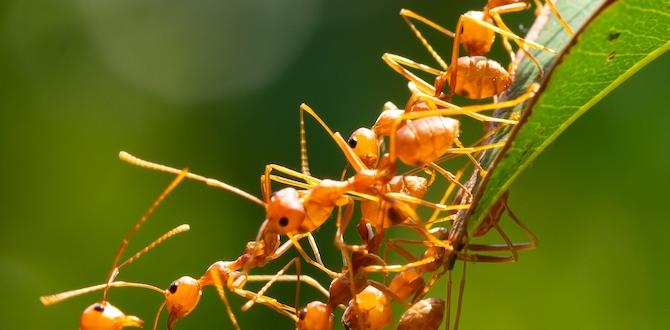Astilbe plants are the perfect hero for your shade garden, bringing bursts of color and texture to an otherwise dull area. They are known for their stunning plumes of flowers that come in various colors, from white to pink, red, and even purple.
Astilbe thrives in shady areas and is low-maintenance once established. Here we will dive deeper into understanding astilbe-plants, their key characteristics, the types available, and how to care for them step-by-step.
We will also share tips on ideal growing conditions for astilbe, how to deal with pests and diseases, and how to combine them with other plants in your garden. Whether you’re a seasoned gardener or just starting, this guide will help you keep your astilbe-plants healthy and vibrant all season long.
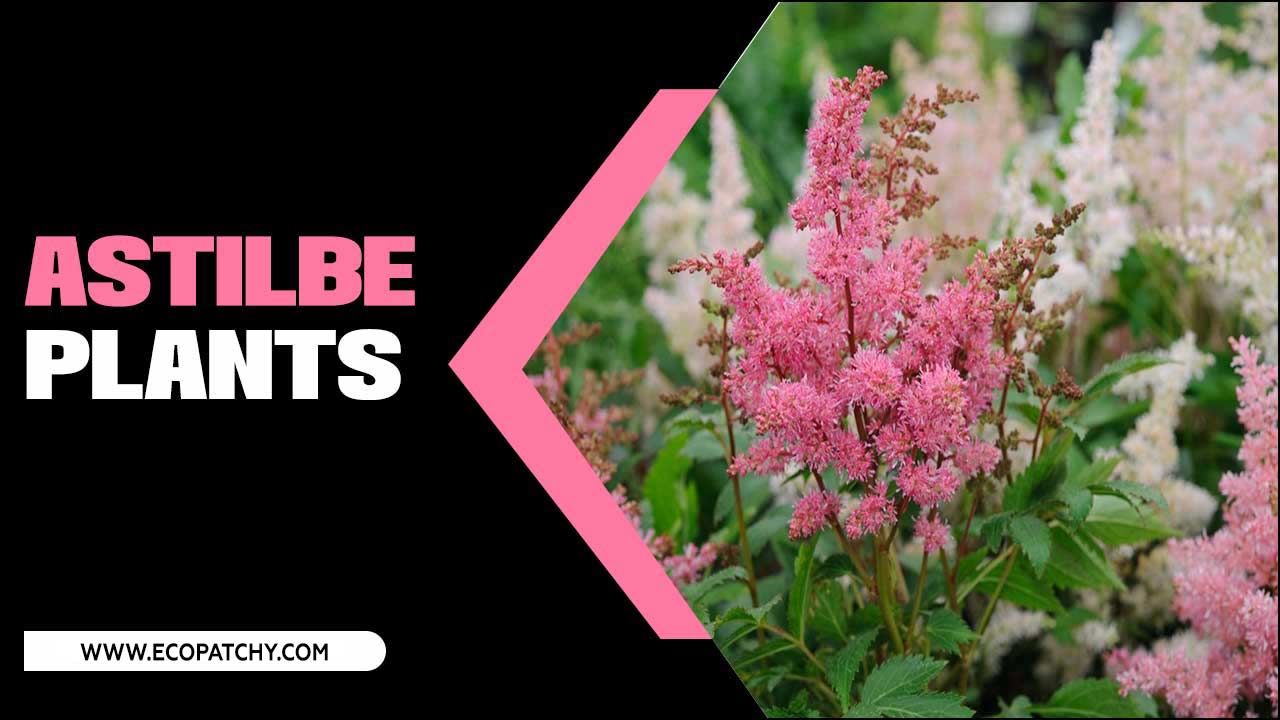
Key Characteristics Of Astilbe
Astilbe plants showcase attractive, fern-like foliage that adds an elegant touch to any garden. They produce tall flower spikes adorned with feathery plumes, creating a dramatic and eye-catching display. Astilbe flowers come in various colors, including white, pink, and red, offering a range of options to suit different garden aesthetics.
These plants bloom from late spring to early summer, attracting pollinators such as bees and butterflies. With their vibrant colors and delicate appearance, astilbe-plants will be a standout choice for any shade-loving garden.
Different Varieties And Colors Of Astilbe Plants
Astilbe plants come in various varieties and colors, making them a popular choice for gardeners looking to add color and texture to their landscapes. Some common varieties include Astilbe chinensis, which features feathery plumes in shades of pink, red, and white; Astilbe simplicifolia, known for its compact size and delicate flowers in shades of lavender and purple; and Astilbe arendsii, which offers a diverse range of colors including pink, red, white, and peach. Whether you’re looking to create a vibrant garden bed or add a pop of color to your shady areas, there will surely be an astilbe variety that suits your needs.
How To Care For Your Astilbe Plants: Step-By-Step Guide
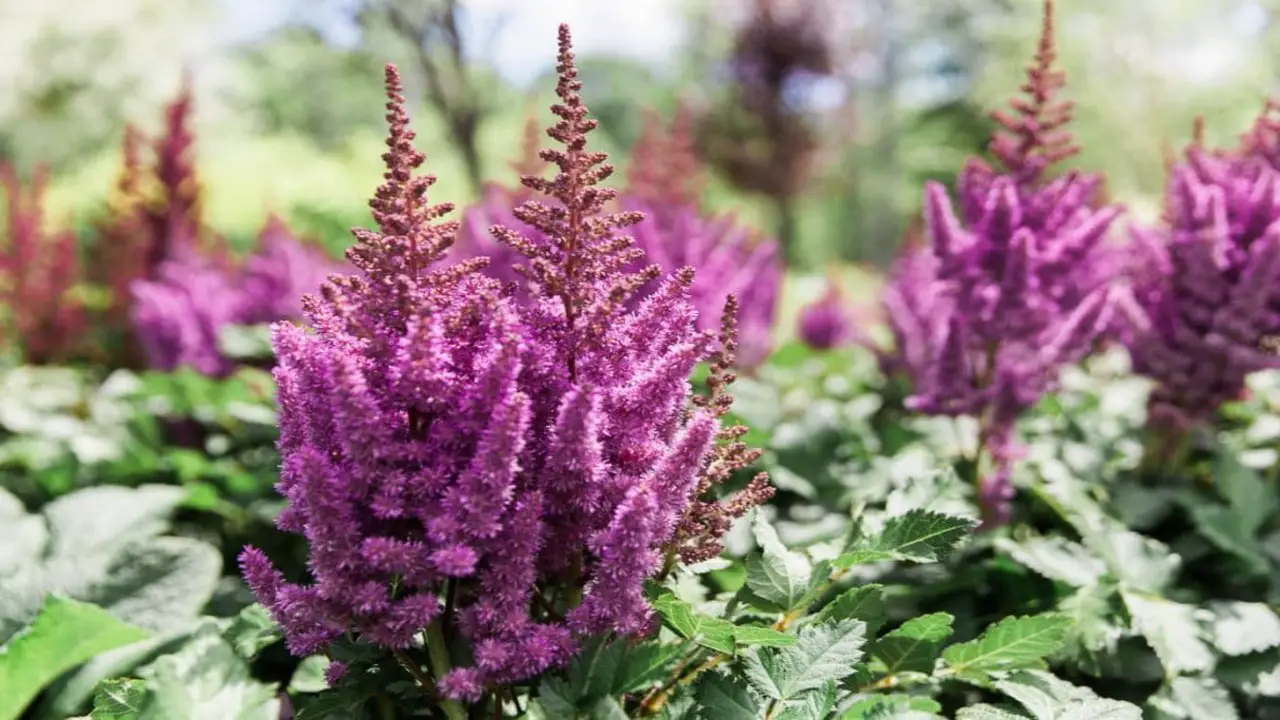
Astilbe plants, known for their feathery plumes, are shade-loving perennials that thrive in moist soil and partial shade. They bring a burst of color to shady areas in the garden, and their glossy green foliage provides a stunning backdrop for other shade-loving flowers.
With various flower colors and bloom times, astilbe plants offer gardeners a wide range of options. Caring for your astilbe plants is essential to ensure their health and longevity. Here is a step-by-step guide to help you properly care for your astilbe plants:
Planting
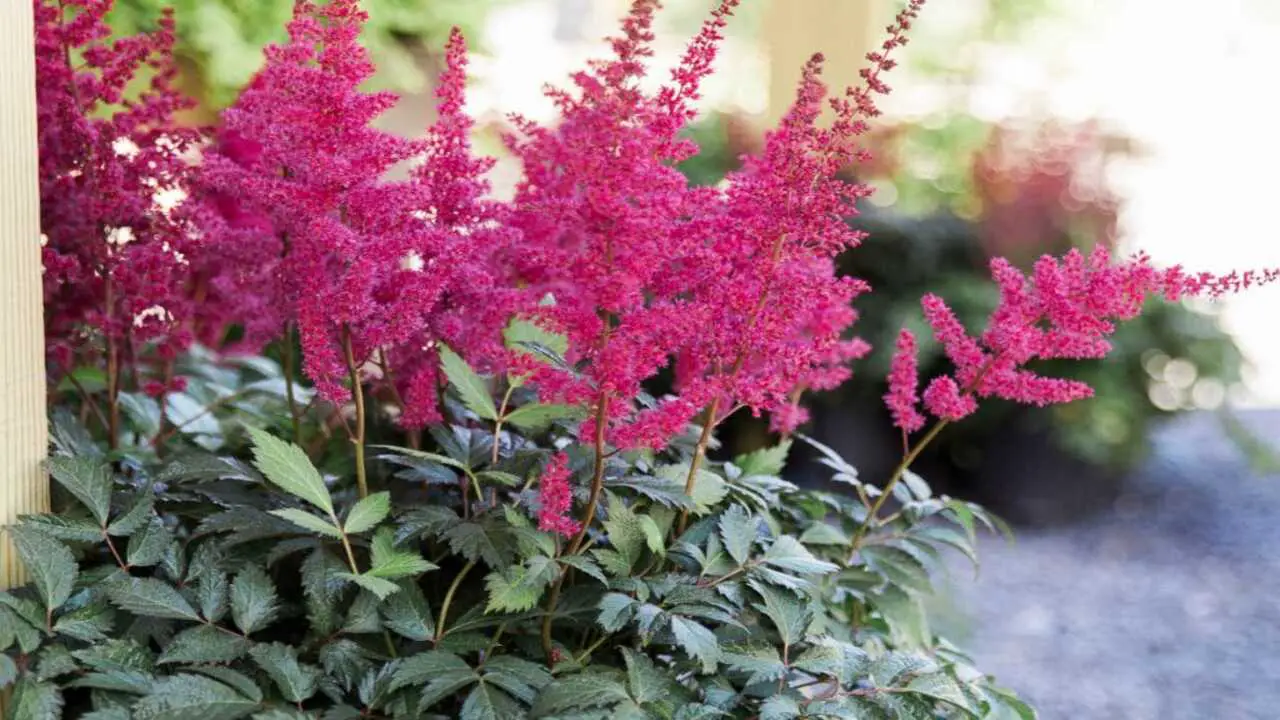
To successfully plant astilbe plants, choose a location that offers part shade to full shade. Prepare the soil by removing weeds or debris and loosening it using a garden fork or tiller. Dig a hole slightly larger than the root ball of the plant and place the plant in it.
Backfill the hole with soil, gently firming it around the roots. After planting, water the astilbe thoroughly to help settle the soil. Following these steps ensures that your astilbe plants have the best start in their new home.
Watering
Proper watering is crucial for the health and vitality of astilbe plants. During the growing season, these shade-loving plants require regular watering. Watering deeply is important, ensuring the soil is evenly moist but not waterlogged. Overhead watering should be avoided as it can lead to fungal diseases.
To help retain moisture and reduce the need for frequent watering, mulching around astilbe plants is beneficial. Regularly checking the soil moisture and adjusting watering will ensure these perennial flowers thrive in your garden.
Mulching
To ensure the health and vitality of your astilbe plants, applying a layer of organic mulch around their base is essential. This mulch serves multiple purposes, including retaining soil moisture and suppressing the growth of weeds. When mulching, be sure to use a 2-3 inches thick layer.
However, remember to keep the mulch a few inches away from the stems of the plants to prevent rot. Additionally, it is crucial to refresh the mulch annually to maintain its effectiveness. By following these mulching practices, you can provide your beautiful astilbe plants with the care they need to thrive in your shade garden.
Fertilizing
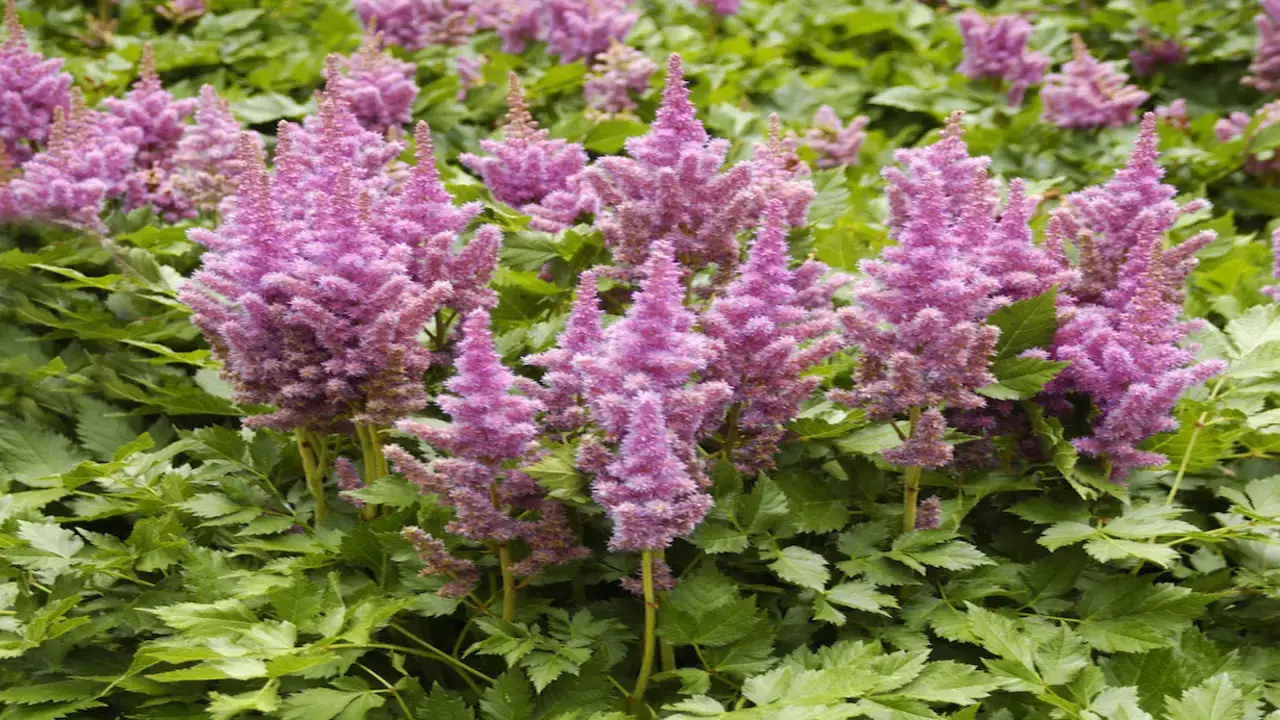
To ensure the healthy growth and vibrant blooms of your astilbe plants, it is important to provide them with proper fertilization. Use a balanced, slow-release fertilizer specifically formulated for flowering perennials. Apply the fertilizer in early spring, following the package instructions for application rates.
Avoid applying the fertilizer too close to the stems of the plants to prevent burn. After fertilizing, water the plants thoroughly to help distribute the nutrients. For additional nourishment, repeat the fertilizer application in early fall. You can enjoy their beautiful flowers and lush foliage throughout the season by giving your astilbe plants the right nutrients at the right time.
Pruning
Regular pruning is essential for promoting the strength and health of Astilbe plants. Deadheading spent blooms can encourage new growth and extend the blooming season. Reducing foliage to prevent overcrowding and promote proper air circulation is also important.
In the fall, pruning back old stems 1-2 inches above the ground helps prepare the plants for the next season. Remember to use clean, sharp tools and sterilize them between cuts to prevent the spread of disease. Pruning is vital to maintaining the beauty and longevity of your Astilbe plants.
Dividing
Dividing astilbe plants is an important task to ensure their health and longevity. Divining astilbe plants every 3-4 years is recommended to prevent overcrowding and maintain optimal growing conditions. Choose a cool, overcast day to perform the division, as extreme heat or sunlight can stress the plants.
Carefully lift the astilbe clump from the soil using a sharp spade or garden fork, being cautious not to damage the roots. Tease apart the clumps into smaller sections with at least 3-4 healthy shoots and replant them in well-draining soil enriched with organic matter.
Types Of Astilbe
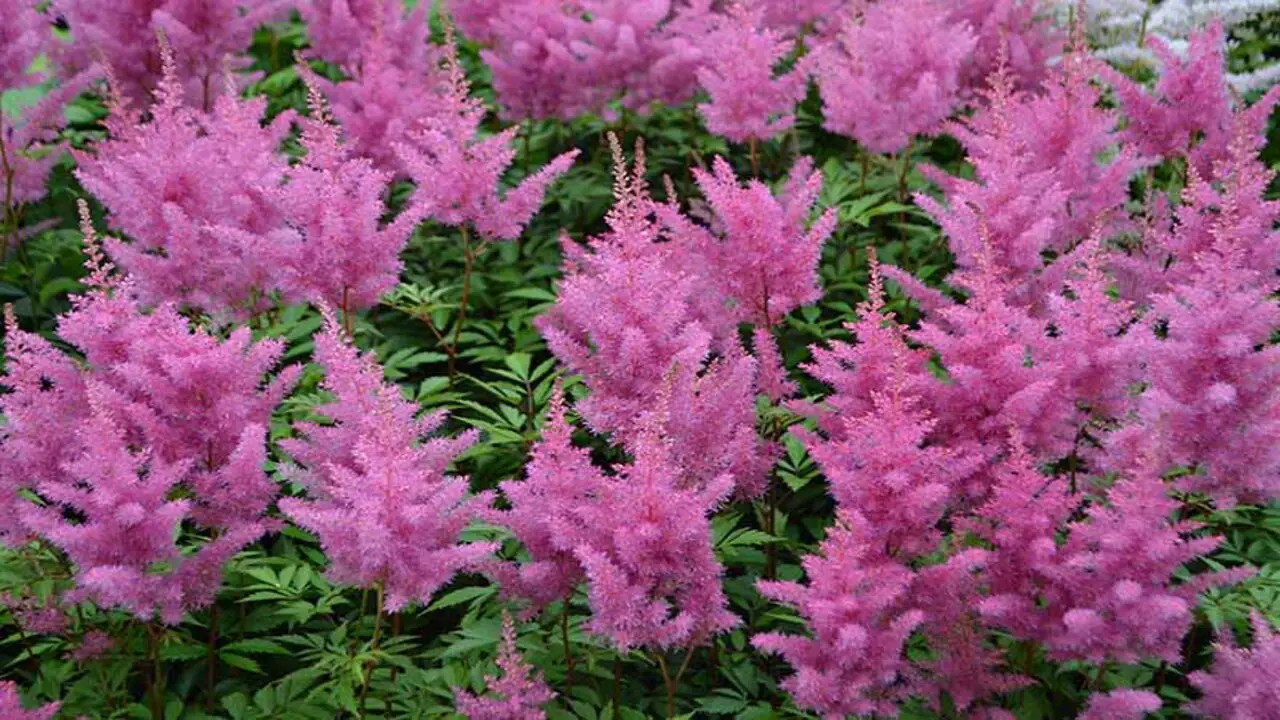
Astilbe plants come in various types, each with unique characteristics and features. These are just a few examples of the many Astilbe plants available. Whether you prefer bold colors or subtle shades, there is sure to be an Astilbe variety that suits your taste and complements your garden design. Here is a list of some common types of Astilbe plants:
- Astilbe ‘Fanal’: This variety features deep red, feathery plumes that add a vibrant burst of color to any garden.
- Astilbe ‘Bridal Veil’: Known for its delicate, white flowers, this variety creates an elegant and romantic atmosphere in the garden.
- Astilbe ‘Visions’: With its compact size and sturdy stems, this variety is perfect for adding height and structure to flower beds or borders.
- Astilbe ‘Pumila’: This dwarf variety is ideal for small gardens or container planting, as it reaches a maximum height of only 12 inches.
- Astilbe ‘Sprite’: One of the most popular varieties, ‘Sprite’ offers soft pink flowers contrasting beautifully against its dark green foliage.
- Astilbe ‘Rheinland’: This variety boasts light pink flowers that gradually fade to a pale lavender hue as they mature.
Ideal Conditions For Growing Astilbe
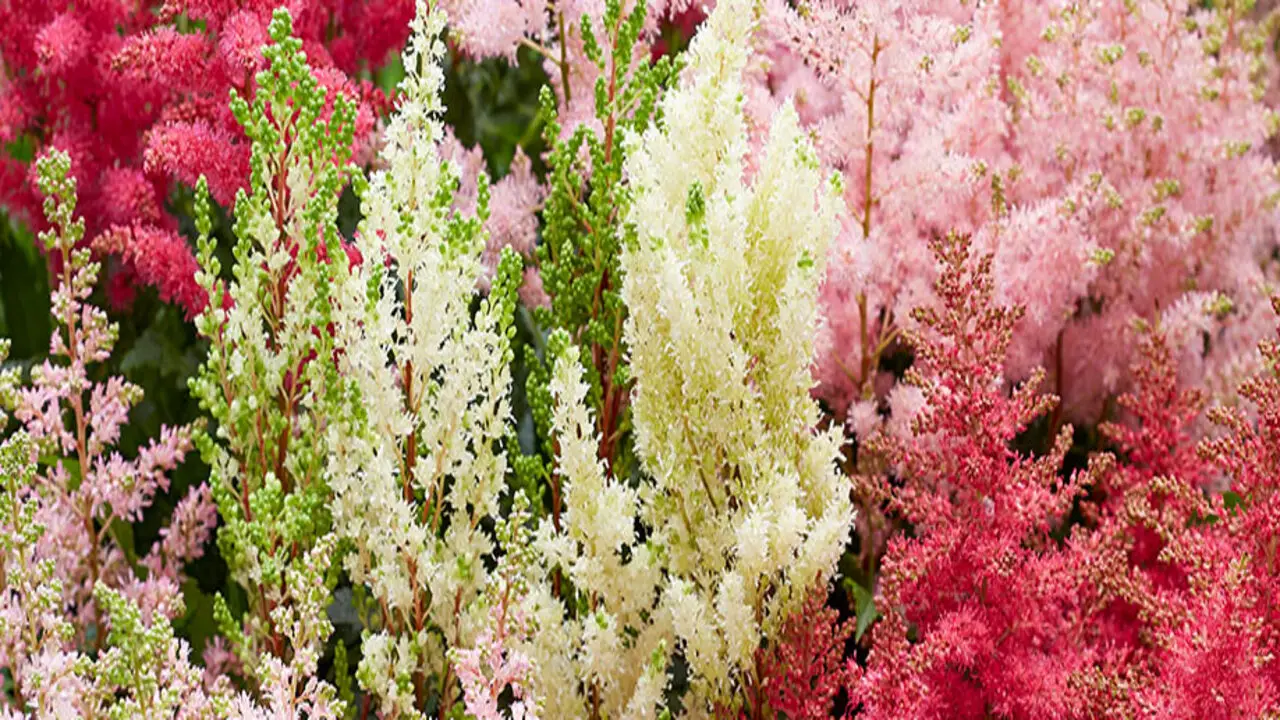
Astilbe plants thrive in specific growing conditions, so it’s important to provide them with the ideal environment to ensure their success. By providing astilbe plants with optimal growing conditions, you can enjoy their beautiful feathery plumes and vibrant colors in your garden year after year. Here are some tips for creating the perfect conditions for growing astilbe:
- Light: Astilbe plants prefer partial shade to full shade. They can tolerate some morning sun, but too much direct sunlight can scorch their delicate foliage.
- Soil: Astilbes thrive in moist, well-drained soil rich in organic matter. They prefer slightly acidic soil with a pH level between 5.5 and 6.5.
- Water: These plants require consistent moisture, especially during hot summer. Be sure to water them regularly and mulch around the base of the plant to help retain moisture.
- Temperature: Astilbes are hardy perennials that can withstand cold temperatures but prefer cooler climates. They may struggle in regions with hot, dry summers.
- Humidity: Astilbe plants appreciate high humidity levels, so if you live in a dry climate, consider misting them or placing a tray of water nearby to increase humidity.
Dealing With Pests And Diseases In Astilbe
Dealing with pests and diseases in astilbe plants can be challenging, but several tips can help you keep your plants healthy and thriving. One common pest that affects astilbes is the aphid. These tiny insects feed on the plant’s sap and can cause stunted growth and distorted leaves. To combat aphids, spray your plants with a strong stream of water or use insecticidal soap.
Another common issue for astilbes is powdery mildew, which appears as a white powdery coating on the leaves. To prevent powdery mildew, ensure your plants have good air circulation and avoid overhead watering. If you notice signs of disease, you can treat it with a fungicide formulated for powdery mildew.
Tips For Combining Astilbe With Other Plants In Your Garden

Combining Astilbe with other plants can create a beautiful and harmonious landscape. By following these tips, you can create a stunning garden that showcases the beauty of Astilbe while complementing it with other carefully chosen plants. Here are some tips to help you successfully incorporate Astilbe into your garden design:
- Consider Color: Astilbe comes in various colors, from whites and pinks to purples and reds. When choosing other plants to pair with Astilbe, consider their colors and how they will complement or contrast with the hues of your Astilbe blooms.
- Vary Heights And Textures: Astilbe is known for its feathery plumes, so choosing other plants that provide different heights and textures is important. Pairing Astilbe with taller plants like Delphinium or Phlox can create a visually interesting arrangement.
- Pay Attention To Sunlight Requirements: While Astilbe thrives in partial shade or filtered sunlight, not all companion plants have the same light requirements. Make sure to choose plants that have similar sun preferences to ensure they will grow well together.
- Consider Bloom Times: To create continuous interest in your garden, select companion plants that bloom at different times throughout the season. This way, you can enjoy flowers from spring through fall.
Tips For Maintaining Healthy And Vibrant Astilbe Plants
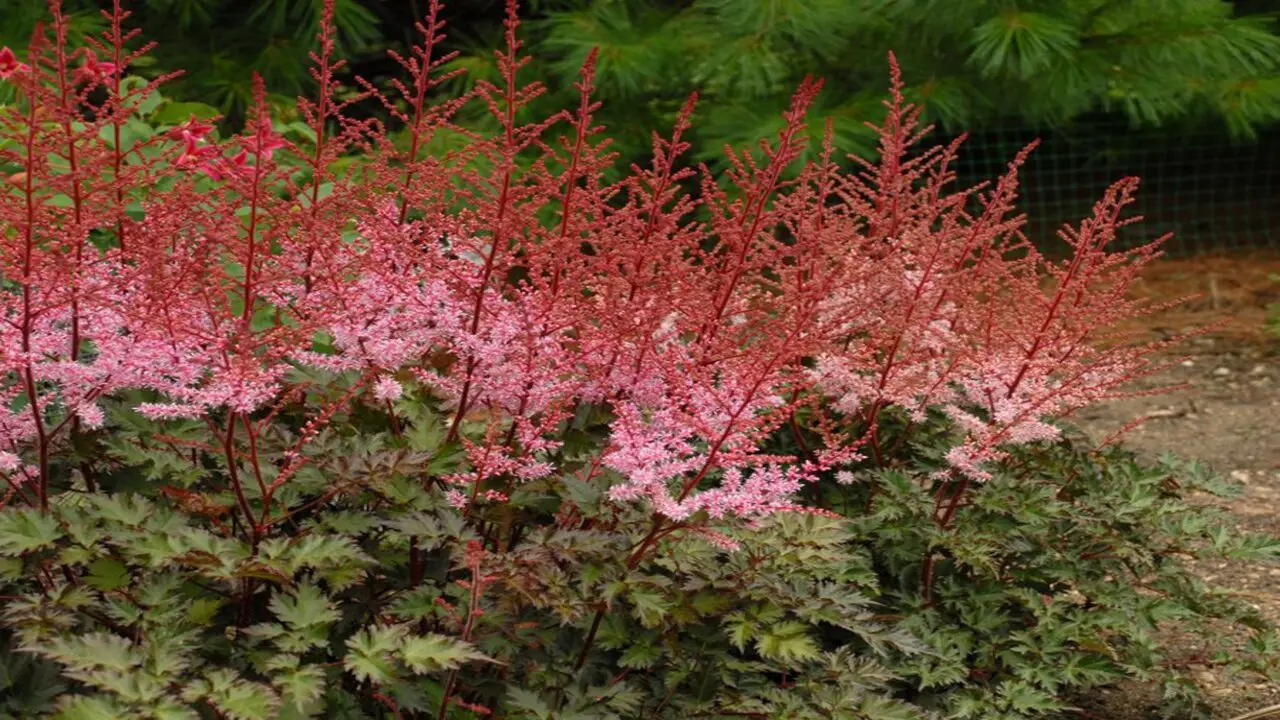
Maintaining healthy and vibrant Astilbe plants ensures they thrive in your garden. By following these tips, you can ensure that your Astilbe plants remain healthy and vibrant, providing beautiful blooms year after year in your garden. Here are some tips to help you keep your Astilbe plants in top shape:
- Provide The Right Growing Conditions: Astilbe plants prefer moist, well-drained soil with a slightly acidic pH. They also thrive in partial shade or filtered sunlight, so choose a location that offers these conditions.
- Water Regularly: Astilbe plants have high moisture requirements, so watering them regularly is important, especially during dry spells. Aim to keep the soil consistently moist but not waterlogged.
- Mulch Around The Plants: Applying a layer of organic mulch around your Astilbe plants can help retain moisture, suppress weed growth, and regulate soil temperature.
- Fertilize Appropriately: Astilbe plants benefit from regular fertilization to promote healthy growth and abundant blooms. Use a slow-release fertilizer designed for flowering perennials according to the package instructions.
- Deadhead Spent Flowers: Removing faded blooms promotes continuous blooming and prevents the plant from wasting energy on seed production.
- Divide Overcrowded Clumps: Divide large Astilbe plants every three to four years to prevent overcrowding and maintain vigor.
Conclusion
Astilbe plants are a vibrant and colorful addition to any shade garden. Their unique characteristics and variety of types bring life and beauty to your outdoor space. Taking care of astilbe plants is relatively easy, as long as you provide them with the right conditions and follow a few key steps.
From planting to pruning, mulching to dividing, maintaining healthy and vibrant astilbe plants is a rewarding experience. Additionally, combining astilbe with other plants in your garden can create stunning visual displays. So, if you want to add a pop of color to your shade garden, consider adding astilbe plants and enjoy their beauty year after year.
Frequently Asked Questions
1.Do Astilbe Plants Spread In The Garden?
Ans: Astilbe plants can spread in the garden through their rhizomes. To control their spread, dividing them every few years is recommended. This can be done in early spring or fall. Proper care and maintenance of Astilbe plants also help in managing their spread.
2.Where Should I Plant Astilbe?
Ans: Astilbe plants thrive in partial to full shade, preferring moist, well-draining soil rich in organic matter. They can be planted along borders, in woodland gardens, or as ground cover under trees. Avoid hot, dry locations or areas with standing water.
3.Are There Different Types Of Astilbe?
Ans: Yes, astilbe plants come in various types with different flower color, height, and blooming times. Popular varieties include ‘Fanal,’ ‘Bridal Veil,’ ‘Pumila,’ and ‘Rheinland.’ When selecting astilbe, consider your garden’s sun exposure and soil conditions.
4.Do Astilbe Come Back Every Year?
Ans: Astilbe plants are perennials so they will come back every year. To ensure their return, plant them in partial shade with moist soil. Dividing them every few years promotes healthy growth and prevents overcrowding. Deadheading spent flowers encourages new growth and prolongs blooming.
5.Do You Cut Astilbe Back In The Fall?
Ans: Cutting back astilbe in the fall is recommended. You can trim the leaves down to the ground once the leaves turn yellow and die back. This helps prevent disease and prepares the plant for winter. Just be careful not to damage any newly emerging buds for next year’s growth.




